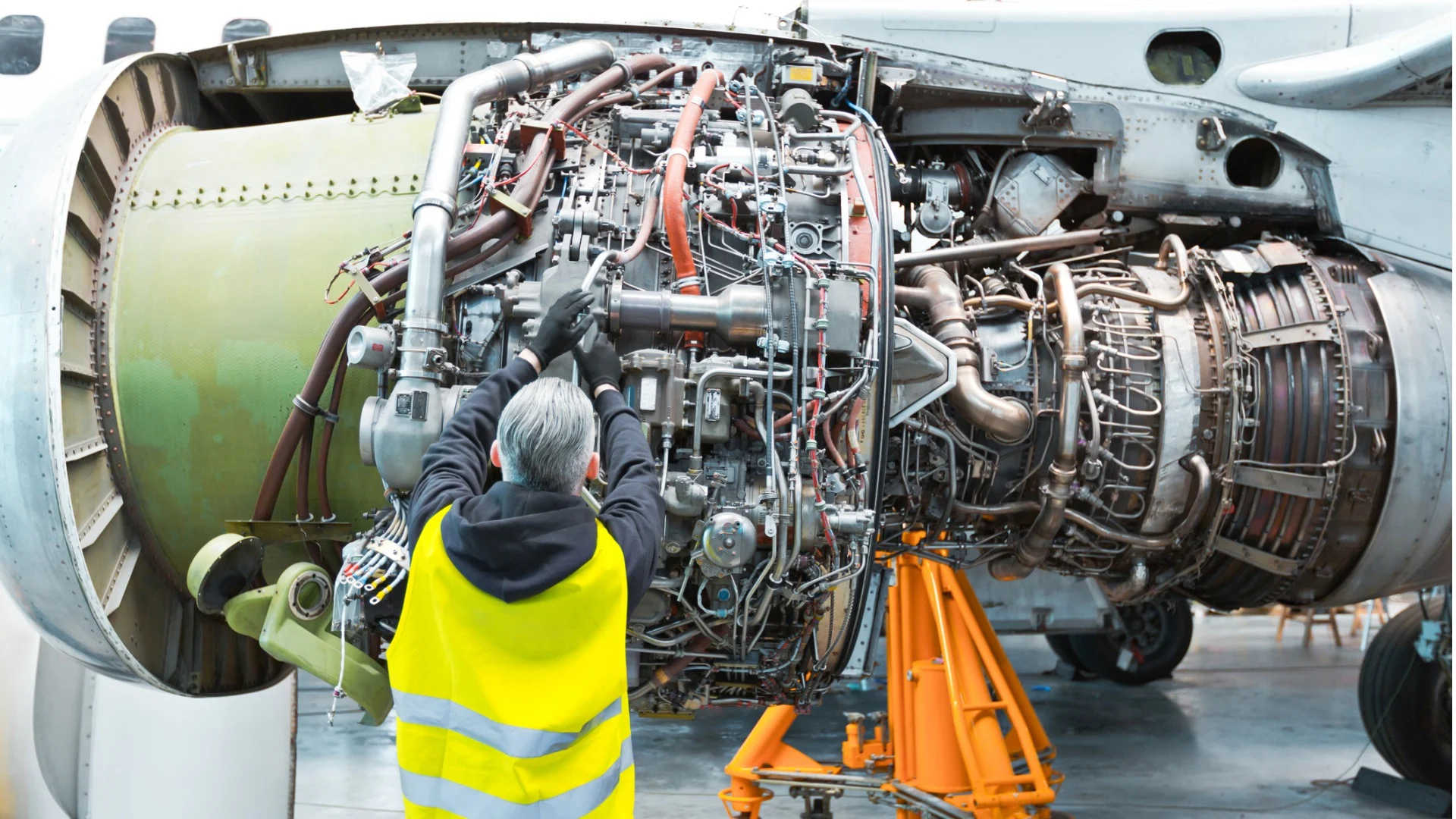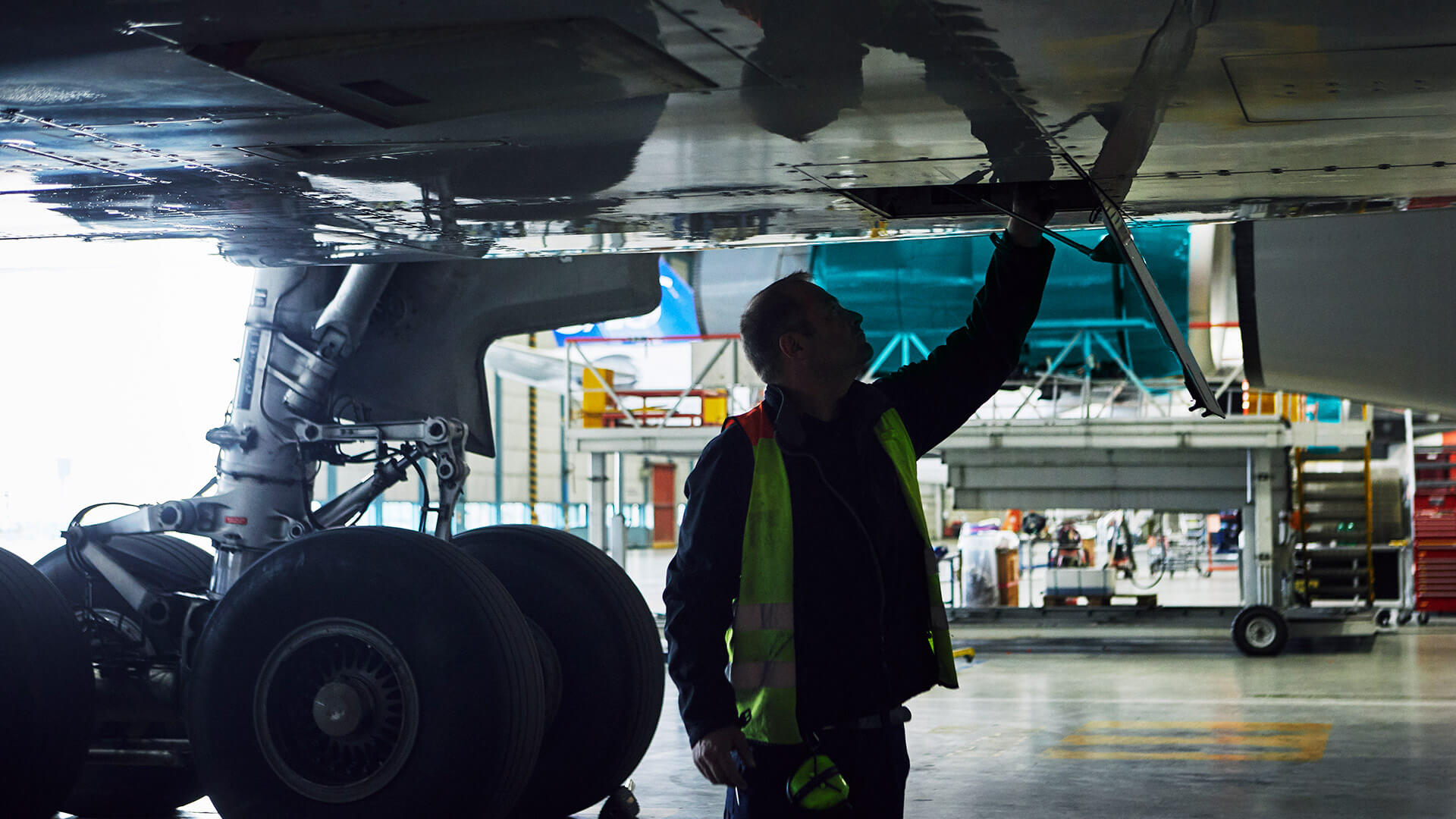From Complexity to Simplicity: The Advantages of a Custom Maintenance Kit Solution

With the tens of thousands of parts that one single aircraft alone consists of, there can be no doubt that the process of parts procurement for routine maintenance can be a complex task. Scaling this up to the routine maintenance for a fleet of aircraft, the complication gets exponentially more complex.
Just imagine you're the maintenance manager for a major airline—maybe you are one. Going about the intricate process of parts procurement, you quickly find yourself juggling multiple vendors, each supplying different components. Coordinating with these vendors becomes a daunting task, requiring constant communication and meticulous organization—and this is when everything is going smoothly.
Now imagine that process, but even further complicated by unexpected challenges. Delays in parts delivery from one vendor cause ripple effects throughout the maintenance schedule. Inconsistencies in quality and compatibility can arise when dealing with a multitude of suppliers, leading to additional rework and troubleshooting efforts. Managing inventory becomes a logistical nightmare. Valuable storage space can be wasted on unused parts, while critical components may be unexpectedly out of stock, further hindering maintenance operations.

In this article, we are going to look at this process in detail and outline the benefits of an alternative option—a single-source vendor that handles material management and delivery of maintenance parts that are tailored specifically to your airline's needs.
So, let’s start with the assessment.
Is multi-vendor procurement affecting your operations?
Obviously, the answer to this question is “no.” However, in some situations, we might want to consider it a “maybe.” Let’s explain.
With the procurement of routine maintenance parts, working with a list of different vendors to procure those parts isn’t the most efficient way of doing things. Now obviously, when working with machines with millions of parts, there is going to need to be extensive coordination and communication, but any opportunity to streamline those processes can be seen as a welcome benefit. Often coordinating and managing various procurement channels becomes a time-consuming and complex task, often leading to challenges when dealing with different suppliers, potentially causing delays and disruptions in the maintenance workflow.
In contrast, for something as routine as an A-check, Working with a single service provider offers a solution to streamline processes, reduce vendor management, simplify inventory management, and save time and effort.
We cover this in more detail in Efficiency and Reliability: How Trustworthy Service Providers Transform A-Check Operations.
When More is Needed Than Just Routine Maintenance
If you have ever walked a mile in an operation manager’s life, then you’ll be familiar with the experience of coordinating specific aircraft repairs during the same time as an A-check. It just makes sense, from an operational perspective.

However, coordinating the procurement of additional parts alongside routine maintenance parts adds logistical challenges and can cause delays or errors in inventory management. And while a standardized maintenance parts kit from one vendor would be a step in the right direction toward even more operational efficiency, we also know that every airline, every MRO, and every fleet has different needs.
We spoke to our internal expert and Market Product Manager, Andreas Dik, about why this might be a problem that most people don’t even realize they have.
“Most airlines have their own maintenance program. From our perspective, if we were to only provide standardized maintenance parts packages, we know that a lot of our customers would still need to source additional parts from either ourselves separately, or buy them elsewhere. That is just inefficient. They would be losing the main benefit of getting everything they need all at once.”
So, while vendor juggling is just part and parcel of the MRO business, you can see that there are some clear benefits to bundling the more routine procurements, such as those needed for an A-check, tailoring them to fit the specific needs of each customer and have them come all from one vendor source.
But this is just the perspective from the procurement side, what about the material handling?
Inventory Management Relief
Taking a look at what has been said in the article, it doesn’t take much of a leap in intuition to see how a tailor maintenance parts kit—all the parts you need, when you need them, with no of the excess—could be overwhelmingly beneficial to inventory management.

On one hand, if an operator is too generous in their procurement of parts, then excess inventory can accumulate, occupying valuable storage space and tying up financial resources. On the other hand, shortages or delays in receiving parts from various vendors can lead to possible aircraft downtime and impact the overall maintenance schedule.
In summary, the fragmented nature of multi-vendor procurement for routine maintenance parts introduces operational complexities, inefficiencies, and challenges in inventory management. Working with a single service provider offers a solution to streamline processes, reduce vendor management, simplify inventory management, and save time and effort. By consolidating your parts sourcing and bundling with a trusted service provider, you can achieve efficient and reliable maintenance operations, optimizing resources and ensuring a smoother workflow.
Take Away
In conclusion, it may be that it is currently the industry standard process, we believe that the process of multi-vendor procurement for routine maintenance parts brings about operational complexities, inefficiencies, and challenges in inventory management. However, by adopting a custom maintenance kit solution from a single service provider, airlines can streamline processes, reduce vendor management, simplify inventory management, and ultimately achieve efficient and reliable maintenance operations, optimizing resources and ensuring a smoother workflow.